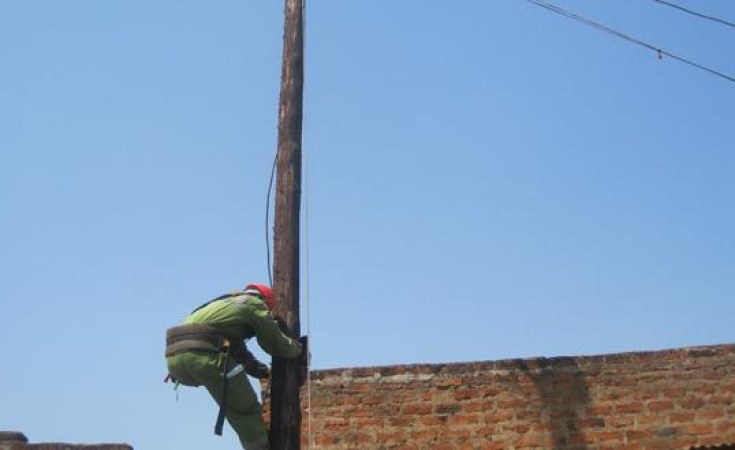Power trading between Rwanda and Uganda could start soon, Rwanda Energy Development Corporation Limited (EDCL) told The New Times.
EDCL is a subsidiary of Rwanda Energy Group (REG) mandated to increase investment in the development of new energy generation projects, develop appropriate transmission infrastructure, and execute energy access projects to meet the national access targets.
Theoneste Higaniro, Director of Generation and Transmission at EDCL, said that the projects to enable power trading between the two countries include the Shango Substation and the Mirama-Shango-a 220kV Transmission Line, connecting Rwanda to Uganda with a length of 93.5km.
"These two projects are already completed and ready for power interconnection," he said.
Initial power trading through the lines between Uganda and Rwanda was planned to commence in 2020.
However, he noted that during the final testing of communication between the Shango Substation in Rwanda and the Mbarara Substation in Uganda, it was noticed that a communication booster was needed at Shango Substation for the signal to reach Mbarara Substation. "As we speak, the booster has already been procured and is on-site, only waiting for the engineer from the manufacturer to come for the installation. We expect that all installations and testing will be completed by mid-June 2023," he said.
The interconnection projects, such as the Shango Substation, are vital for regional power exchange and trading across borders, thus providing access to cheaper power sources.
"The constructed Mirama-Shango 220kV transmission line is a double circuit line with a capacity of carrying up to 400 MW; therefore, we will be trading up to the capacity that is settled between dealings of the two utilities," Higaniro said, adding that Rwanda can buy power from Uganda, as Uganda can also buy power from Rwanda.
Shango Substation was built to interconnect the electric grids of Rwanda, Uganda, the Democratic Republic of Congo, and Tanzania.
The substation has two line bays to interconnect with Uganda networks, two line bays to interconnect with the Northern Eastern DRC network through the Rubavu substation, and two line bays to the Western Tanzania network through the Regional Rusumo Falls hydropower plant.
Now, the Shango substation is ready for interconnection with the Uganda network, and the two other networks, one from the Democratic Republic of the Congo and the other from Tanzania, will also be interconnected once completed, officials said.
The project seeks to improve the living conditions of the people and the quality of the socio-economic development environment of the region, based on the availability of affordable electricity and increased access to electricity through cross-border electric power trade.
Rwanda to have 44 substations by 2024
Rwanda aims to have 44 substations by 2024 and generate 556 MW to meet the rapidly growing demand from the industrial sector, and to achieve 100 per cent access to electricity.
The interconnection project is one of the strategies in place to ensure that the country will meet future demand, according to the Ministry of Infrastructure.
The Shango Substation was constructed with the support of development partners, particularly the African Development Bank, the German government through KfW, and the government of the Netherlands. The total estimated cost of the project is $14.8 million.
The construction of the Shango Substation falls within the Power Interconnection Program, which aims to interconnect the electric grids of the Nile Equatorial Lakes (NBI) countries, including Burundi, Kenya, Uganda, the Democratic Republic of the Congo, and Rwanda.
"The commissioning of the Uganda-Rwanda line awaits the installation of communication boosters on the Rwandan side," Uganda's Energy Ministry Permanent Secretary, Irene Pauline Batebe, told The East African recently.
Richard Okou, the technical director of Uganda's Electricity Regulatory Authority, said that both sides are awaiting the installation of adequate electrical equipment and a communication link.
The two countries have been exchanging power at the Cyanika border since 1995, which serves Kisoro in Uganda and Gatuna.
Both countries produce more power than they can consume, but they are constrained by low-power distribution networks.
The regional project consists of constructing 930km of overhead transmission lines with 17 substations, and the implementation is ongoing.


